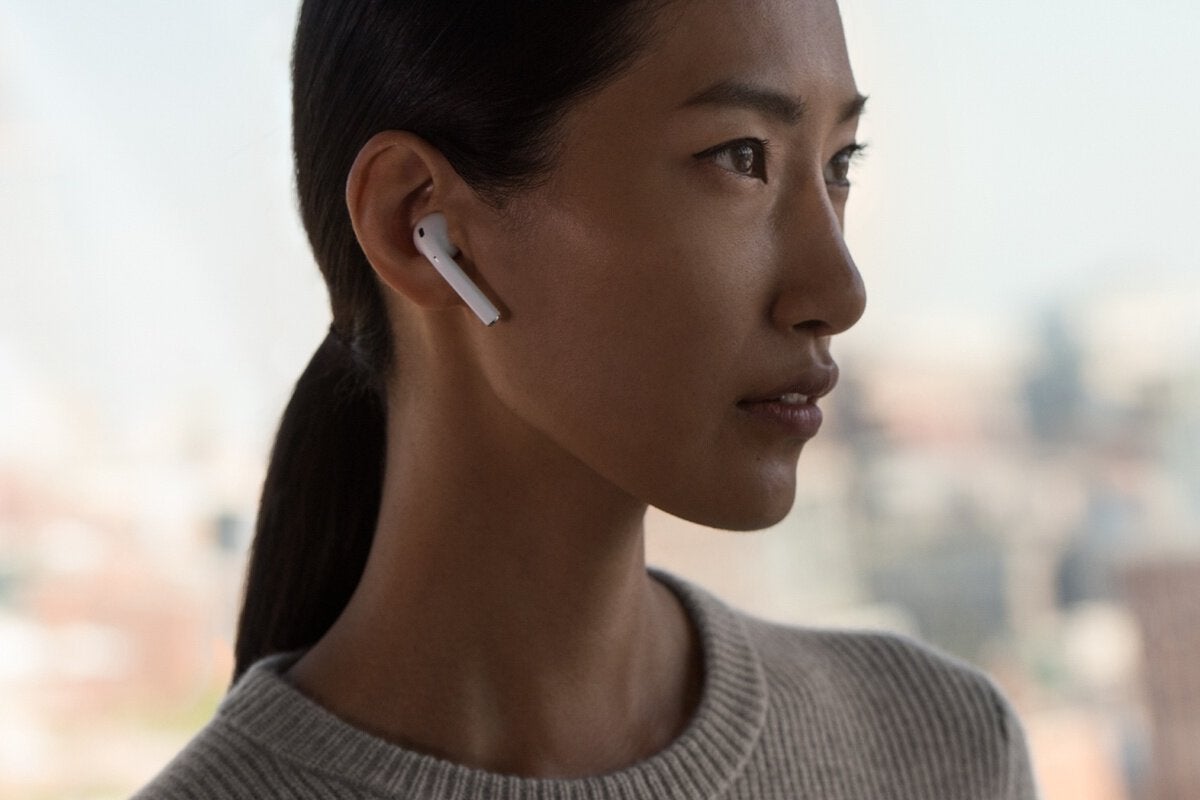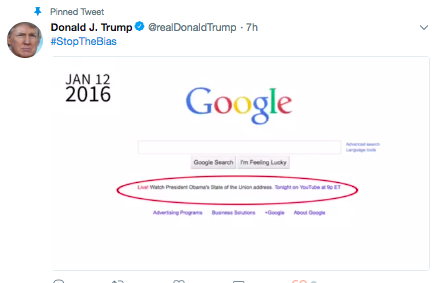Music
Trailers
DailyVideos
India
Pakistan
Afghanistan
Bangladesh
Srilanka
Nepal
Thailand
StockMarket
Business
Technology
Startup
Trending Videos
Coupons
Football
Search
Download App in Playstore
Download App
Best Collections
Technology

Surveys of corporate executives by two professional services consultancies this week revealed enterprises are on the path to deploying blockchain ledgers for business automation and transaction efficiency.
The survey reports, from PwC (PricewaterhouseCoopers) and Deloitte, showed that thousands of respondents are running blockchain projects, and as many as one in three already have it in production.
[ Further reading: What is blockchain The most disruptive tech in decades ]PwC's report, published on Monday, revealed that 84% of 600 executives surveyed indicated their companies are "actively involved" with blockchain: 20% are in the research phase, 32% are in development mode, 10% are in pilot with the technology, 15% are running production blockchain ledgers, and 7% have paused their projects. The remaining 14% indicated they are not involved with blockchain technology.
- Details
- Category: Technology
Read more: Here's what two executive surveys revealed about blockchain adoption
Write comment (95 Comments)
As well as identifying useful tips, I spend time kicking productivity-focused apps around. I wanted to write about three I find quite promising — they make meetings more productive, keep better meeting notes, and put you in control of email. The snag is that they demand you provide access to some of your own personal data, which you must consider before you use them.
Better email: Boomerang
Boomerang (free) is an alternative email client that adds artificial intelligence (AI) and a dazzle of additional features to help you stay on top of your game.
- Details
- Category: Technology
Read more: 3 smart enterprise productivity apps
Write comment (92 Comments)
- Details
- Category: Technology
Read more: Now You Can Help Search For Missing Seattle Hiker Samantha Sayers
Write comment (96 Comments)Google is pushing back against a claim by Donald Trump that the search engine stopped promoting State of the Union livestreams on its homepage after his presidency began. Trumpclaim came in the from of a tweeted video, which was still pinned to the top of his profile when this post was published at 9:30 PM PST, Aug. 29, 2018, after Googlerefutation and multiple media reports of its inaccuracy.
Hashtagged #stopthebias, the video appears to show that Google did not display links to livestreams of Trumpfirst public speech to a joint session of Congress on February 28, 2017 or his first State of the Union on January 30, 2018, despite promoting ObamaState of the Union addresses in 2012, 2013, 2014, 2015 and 2016.
#StopTheBias pic.twitter.com/xqz599iQZw
— Donald J. Trump (@realDonaldTrump) August 29, 2018
Google, however, says it did indeed highlight Trumpfirst State of the Union in 2018, but that it usually does not include links on its homepage to a presidentfirst public address to Congress, so neither Obama nor Trumpwere featured. In a statement sent to BuzzFeed News, the company said &On January 30, 2018, we highlighted the livestream of President TrumpState of the Union on the google.com homepage. We have historically not promoted the first address to Congress by a new President, which is technically not a State of the Union address. As a result, we didn&t include a promotion on google.com for this address in either 2009 or 2017.&
Google statement to @JohnPaczkowski on Trumptweet pic.twitter.com/1w82mQqApg
— Jon Passantino (@passantino) August 29, 2018
The video shared by Trump does not make a distinction between a presidentfirst public speech to a joint session of Congress and his first State of the Union address.
A discrepancy in Googlelogo also suggests that at least one of the screenshots, which appear to have been taken from the Internet ArchiveWayback Machine, was doctored. A Gizmodo commenter notes that one of the screenshots in the video Trump tweeted, from January 12, 2016, shows a version with the previous Google logo, not the sans-serif version introduced in September 2015, which can be seen in a Wayback Archivescreen capture from January 10, 2016 and other days from that month when a Google Doodle wasn&t featured.

Capture from the video tweeted from President Trumpaccount
One of Wayback Machinecaptures on January 10, 2016
Furthermore, while a link to TrumpState of the Union does not appear on archived versions of Googlehomepage from January 30, 2018, it does show up on a capture from 1AM on January 31, as Twitter user @WrockBro notes. That may be because the Wayback Machine uses Greenwich Mean Time time stamps.
Not only that, but also this: https://t.co/RfJIKpYGJX
—
en
JPL (@WrockBro) August 30, 2018

The Wayback Machine capture linked by Twitter user @WrockBro
Trumptweet is the part of his current onslaught against Google, other tech companies and mainstream media, which he accuses of having a liberal bias and burying news about his administration. It is worth pointing out, however, that Trump2017 first speech to Congress was widely praised as &presidential& by journalists across the political spectrum, even liberal publications. In turn, they wereridiculed by critics for being awed by a president acting presidential.
UPDATE:Mark Graham, director of the Wayback Machine, sent TechCrunch a list of more links showing that TrumpState of the Union address earlier this year was promoted on Googlehomepage. All are shown in Greenwich Mean Time.
https://web.archive.org/web/20180131022709/https://www.google.com/https://web.archive.org/web/20180131022757/https://www.google.com/https://web.archive.org/web/20180131023147/https://www.google.com/https://web.archive.org/web/20180131023314/https://www.google.com/https://web.archive.org/web/20180131023314/https://www.google.com/https://web.archive.org/web/20180131024506/https://www.google.com/
- Details
- Category: Technology
Read more: Google denies Trump’s claim that it did not promote his State of the Union address
Write comment (98 Comments)Apple has acquired Akonia Holographics, a Denver-based startup that manufactures augmented reality waveguide lenses. The acquisition was confirmed by Apple toReuterswho first reported the news.
An Apple spokesperson gave TechCrunch the companystandard statement,&Apple buys smaller technology companies from time to time, and we generally don&t discuss our purpose or plans.&
This acquisition offers the clearest confirmation yet from Apple that it is investing resources into technologies that support the development of a lightweight augmented reality headset. There have been a number of reports over the years that Apple is planning to release consumer AR glasses within the next few years.
In late 2017, we reported that Apple had acquired Vrvana, a mixed-reality headset company with a device that offered users pass-through augmented reality experiences on a conventional opaque display. This latest acquisition seems to offer a much clearer guide to where Appleconsumer ambitions may take it for a head-worn augmented reality device.
Waveguide displays have become the de facto optic technology for augmented reality headsets. They come in a few different flavors but all of them essentially involve an image being beamed into the side of a piece of glass and bouncing between etchings (or other irregularities) in a lens and eventually beaming that image to the usereyes. Waveguide lenses are currently used in AR headsets sold by Magic Leap and Microsoft, among many others.
A reflective waveguide display built by Lumus.
They&re popular because they allow for thin, largely transparent designs though they also often have issues with color reproduction and the displays can only become so large before the images grow distorted. Akoniamarketing materials claim for their &HoloMirror& solution says it can &display vibrant, full-color, wide field-of-view images.&
The startup raised $11.6 million in funding according to Crunchbase.
While many of Applelargest technology competitors have already experimented with AR headsets, Apple has directed the majority of its early consumer-facing efforts to phone-based AR technologies that track the geometry of spaces and can &project& digital objects onto surfaces.
Apple ARKit
The most unclear question regarding Applerumored work on its AR glasses is whether the company is looking to ship a higher-powered device akin to Magic Leap that would track a userenvironment and be built upon Appleinteractive ARKit tech, or whether itfirst release will be more conservative and approach AR glasses as more of a head-worn Apple Watch that presents a usernotifications and enables light interactions.
Moving forward with waveguide displays would certainly leave both options open for the company, though given the small window that even todaywidest field-of-view waveguides have, I expect that Apple may opt for the latter pending a big tech breakthrough or a heavily delayed release.
- Details
- Category: Technology
Read more: Apple buys Denver startup building waveguide lenses for AR glasses
Write comment (99 Comments)Bessemer Venture Partners is gearing up for its next billion-dollar fund. The early-stage venture capital firm, which had filed to raise new capital in early August, has reportedly set a $1.6 billion target for its tenth flagship fund, an amount that a source familiar with the fundraise tells us is &directionally correct.&
Bessemer declined to comment.
If Bessemer indeed raises that amount, it will be the same size as its ninth fund, which closed on $1.6 billion in 2015. If thatthe case, Bessemer may be bucking VCs& new favorite trend of raising their largest funds to date. Maybe, just maybe, Bessemer hasn&t fallen victim to the SoftBank effect. The Japanese telecom giant has a nearly $100 billion &Vision Fund& and invests in tech companies, competing directly with Silicon Valley heavyweights.
General Catalyst, for example, closed its biggest fund ever earlier this year on $1.375 billion. And Insight Venture Partners finished off a $6.3 billion fundraise in July — also the most monumental in the firmhistory.
Itbeen a busy year so far for Bessemer. On top of working to secure capital for BVP X, the firm announced a $10 million early-stage seed fund, called Deep Health Seed Program, in June. The fund is being led by Bessemer healthcare investor Steve Kraus and its head of investments in Israel, Adam Fisher. Deep Health is investing $100,000 to $2 million into early-stage companies using machine learning to solve problems in healthcare.
The firm has seen a couple of notable exits so far this year. For starters, Bessemer portfolio companyDocuSign went public in April, raising more than $600 million in the process. And Workday paid $1.55 billion for financial planning software startup Adaptive Insights, another Bessemer portfolio company, in June.
Bessemercurrent portfolio includes Pinterest, Betterment, Rocket Lab, Toast, PagerDuty, ServiceTitan, Fiverr and others.
- Details
- Category: Technology
Read more: Bessemer is reportedly raising $1.6B for its tenth fund
Write comment (93 Comments)Page 4314 of 5614

 5
5





